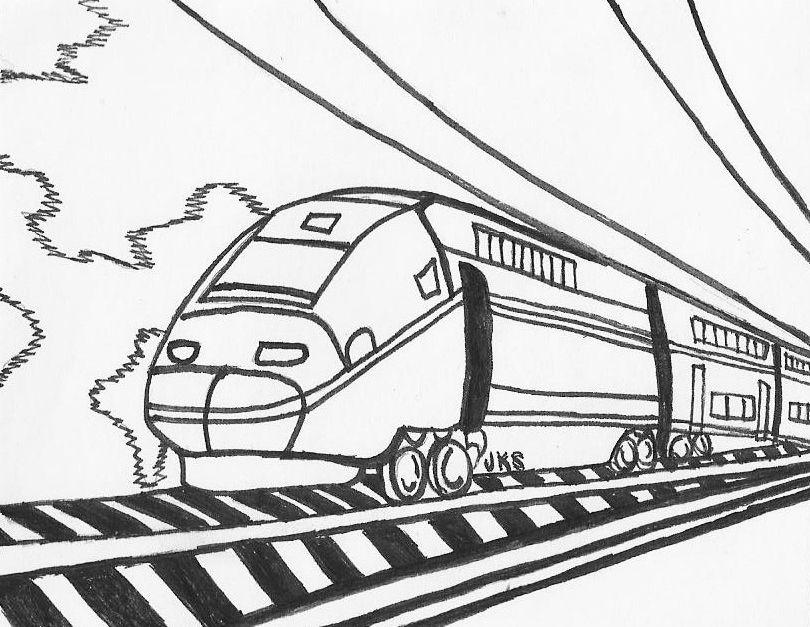The United States has built some incredible architecture that has inspired some of the greatest minds in history, but severely lacks a key component of successful infrastructure: advanced railway systems.
It’s no secret our transportation system is built around cars. In 2011, the average number of passenger vehicles per U.S. household was 1.95, according to the Department of Transportation. In the same year, the World Bank concluded that there are 786 vehicles per 1,000 people in United States, which is the third highest in the world after Lichtenstein and Monaco, which have the combined area of only 62.55 square miles. We clearly have adapted to our inept transportation system by overcompensating with personal vehicles. Nevertheless, we cannot continue to avoid the elephant in the room.
By contrast, October marked the 50th anniversary of the famed Japanese bullet train, the Shinkansen, which consists of 1,483 miles of track and can reach speeds of 130-170 mph. It has run since 1964 and transports millions of passengers every year. We used to consider high-speed trains unique to Asian countries, but, with the help of Japanese and Chinese engineers, they have quickly spread to the UK, Australia and Europe.
Pick any two large cities in Europe, and there will be a high-speed train connecting them. Amsterdam to Paris, Rome to Milan, Barcelona to Madrid, London to Paris, Munich to Prague and the list continues. If we had a comparable train system of our own, Europe’s transportation technology would be nothing to gawk at when we travel across the pond.
What we have to show for ourselves is pathetic. For most parts of the country, Amtrak is more of a tourist attraction than a means of transportation. For example, driving by car from my hometown of Billings, Montana, to Seattle, Washington, takes about 12 hours. Yet, a direct train ride to Seattle takes 16 hours, not including the 4-hour drive to the departing train station near the Canadian border. Trains are intended to be faster than cars or at least more convenient. The Northeast is the only location in the United States where that holds true.
The Acela Express connects New York City, Boston, Washington D.C., Baltimore and Philadelphia and is the only line rivaling travel by car. It’s too bad because the East Coast is a perfect environment for a network of trains linking cities such as Atlanta, Miami, Jacksonville, Charlotte, Raleigh and Virginia Beach to cities in the Northeast.
There are always talks though. Politicians and engineers constantly discuss the prospects of implementing a high-speed train from Las Vegas to Los Angeles or from Houston to Dallas. But that’s all talk. Let me know when something actually happens. Something needs to, but it seems like nobody is in any hurry to do anything about it. Japanese and Chinese companies are competing to lead the world in high-speed rail technology exports, so why not let them help? It’s clear we’re not getting a lot done on our own.
Some people might think trains would be a waste of time, but it would solve more problems than one might expect. Implementing a better train system would reduce airfare by increasing the number of transportation methods. According to a study conducted by Train Chartering, traveling by train requires 70 percent less energy and generates 85 percent less pollution than flying. More trains would also reduce the numbers of cars on the road, which generate the most pollution. Trains are not a technology of the past, but a gateway to the future and we need to take them seriously.











